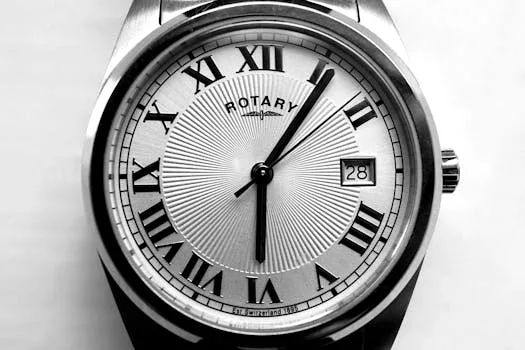
Understanding Watch Complications and Their Functions
Watch complications are additional features in a timepiece that go beyond the basic display of hours, minutes, and seconds. These complex mechanisms are designed to provide useful information, such as dates, times in other zones, and even astronomical data. In this article, we will delve into the world of watch complications, exploring their history, types, and functions.
History of Watch Complications
The concept of watch complications dates back to the 16th century, when clockmakers began to experiment with adding extra features to their timepieces. One of the earliest complications was the strike, which allowed clocks to chime the hours. Over time, watchmakers developed more intricate complications, such as the repeater, which could chime the time on demand.
Types of Watch Complications
There are numerous types of watch complications, ranging from simple to complex. Some common complications include:
- Date display: shows the current date
- Day of the week: displays the current day of the week
- Month display: shows the current month
- Moon phase: displays the current lunar cycle
- Tourbillon: a mechanism that counteracts the effects of gravity on the timepiece’s accuracy
- Perpetual calendar: a complication that displays the date, day, and month, taking into account leap years
Understanding Watch Complication Functions
Each watch complication has a unique function, and understanding these functions is essential to appreciating the craftsmanship behind these timepieces. For example, the chronograph complication allows the wearer to measure elapsed time, while the GMT complication displays the time in multiple time zones.
Astronomical Complications
Astronomical complications are some of the most complex and fascinating features in watchmaking. These complications include:
- Sidereal time: displays the time relative to the stars
- Solar time: displays the time relative to the sun
- Lunar eclipse: predicts the occurrence of lunar eclipses
- Planetary alignment: displays the alignment of the planets in our solar system
High-Complication Watches
High-complication watches are timepieces that feature multiple complications, often including astronomical indications. These watches are considered the pinnacle of watchmaking, requiring incredible skill and craftsmanship to create. Some notable examples of high-complication watches include the Patek Philippe Calibre 89 and the Vacheron Constantin Tour de l’Ile.
Conclusion
Watch complications are a fascinating aspect of horology, offering a glimpse into the craftsmanship and innovation of watchmaking. From simple date displays to complex astronomical indications, each complication has a unique function and requires incredible skill to create. Whether you are a seasoned collector or simply a watch enthusiast, understanding watch complications and their functions is essential to appreciating the beauty and elegance of these timepieces.



